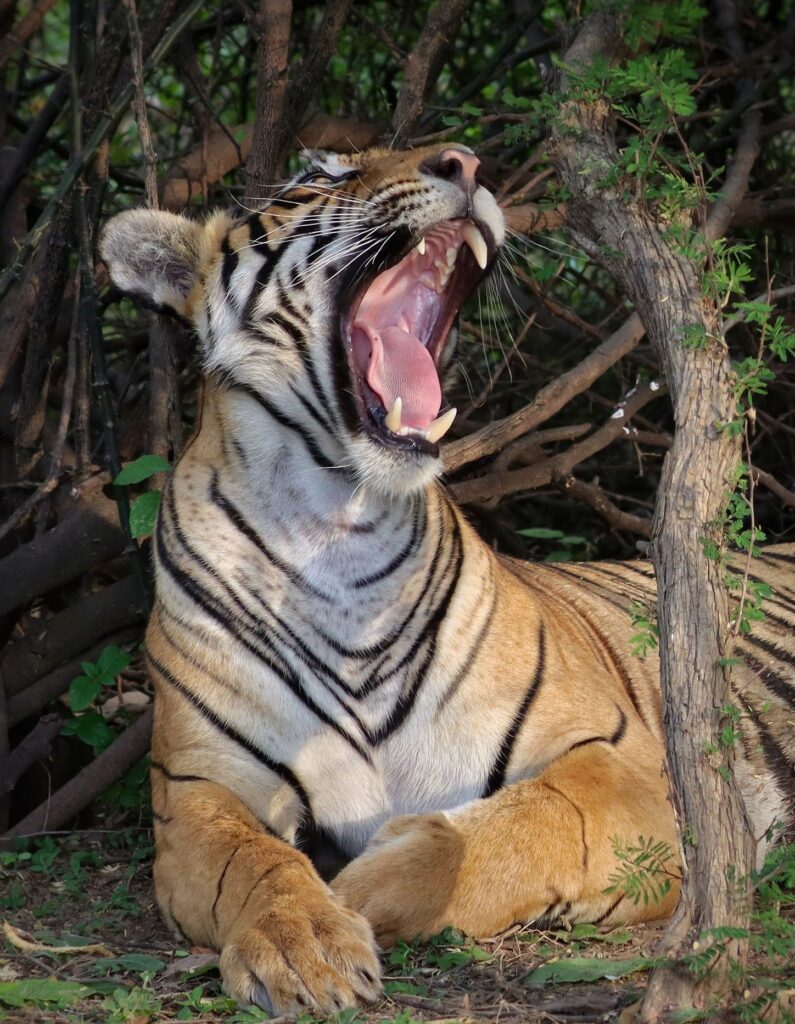
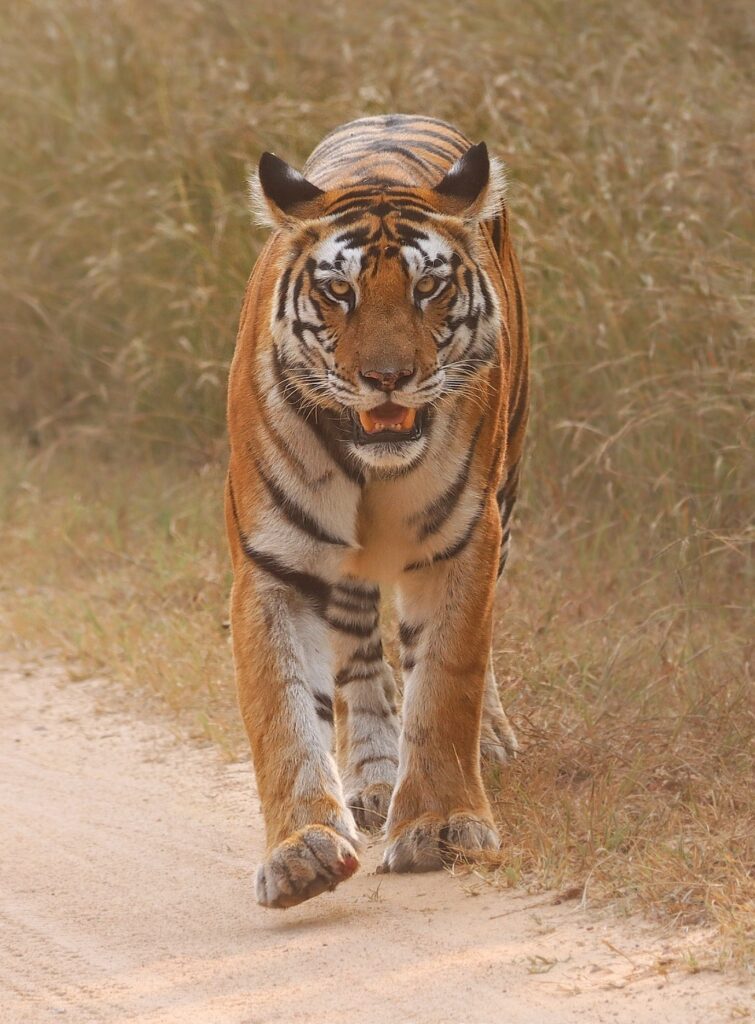
Hardly any other reserve in India embodies the Jungle Book feeling more than Kanha. The largest national park in central India impresses with its diverse landscape. Lush sal tree and bamboo forests alternate with wide green meadows that support more than 22 species of mammals. There are horse and axis deer, four-horned and nilgai antelopes as well as Indian gazelles, sloth bears, jackals, hyenas and langurs, as well as more than 240 species of birds such as ibises, ducks, cormorants, darters, herons, stilts, storks, vultures, sea eagles and shrikes. And not forgetting all the more slippery animals: the reptiles, including the Ganges gharial. Here, within an amazing landscape and some unique archaeological sights, you will encounter a true natural spectacle of the animal world. And of course there is also Shir Khan, the king of beasts. There are still around 70 tigers living in the protected area of almost 20,000 square kilometers. Considering the enormous size of these parks and the fact that only 300 square kilometers are accessible to tourism, it takes a lot of luck to even see a tiger. The park is divided into four zones, of which Kanha and Mukki are the most recommended in terms of the possibility of tiger sightings. The grandiosity of the landscape, the above-average quality of the lodges and its abundance of animals are what put Kanha at the top of our list.


At the foot of the Himalayas lies the breathtaking Jim Corbett National Park, famous for its tigers. India’s oldest national park was founded in 1935 at the suggestion of Jim Corbett, who converted from a big game hunter to an animal rights activist, and is therefore the oldest national park in India and one of the most species-rich. The 1,300 km² extremely picturesque reserve is home to over 200 tigers, 300 elephants, sloth bears, langurs, rhesus monkeys, peacocks, deer and much more. The long mouths of the Ganges gharials rest peacefully on the crystal clear waters of the Ramganga River and up to 600 species of birds look out at visitors from the evergreen treetops. Of course, many come in the hope of catching a glimpse of the striped cat. But in reality, tigers turn out to be a difficult creature to find and are not often seen in Corbett. However, Corbett offers much more than just tigers: Unique for India is the possibility of staying overnight within the park boundaries. A total of eight former hunters’ huts are scattered throughout the park and can be used by visitors with advance booking. Staying overnight in the middle of the forest is a fantastic opportunity that every serious animal lover should take advantage of. Dikhala is the most popular of the so-called rest houses in Corbett, but the little-known Bijrani and Kinnanauli rest houses are the most recommended in terms of animal encounters. In the Sonanadi Wildlife Sanctuary to the north, the Halduparao rest house offers an intimate nature experience off the beaten track.
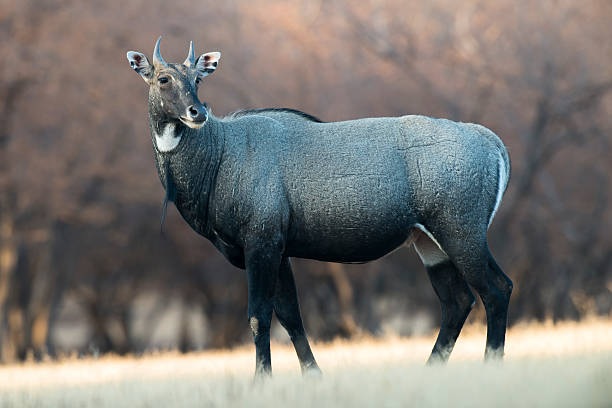
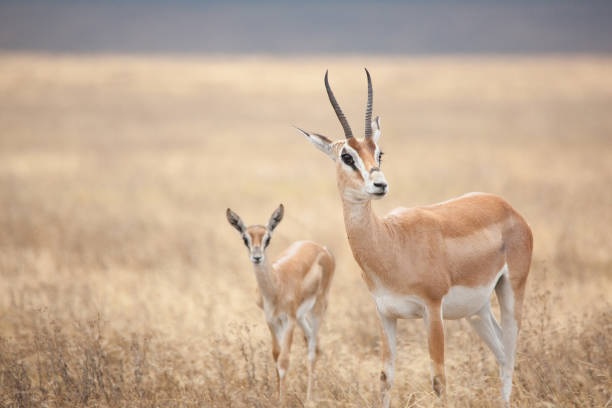
Satpura is undoubtedly the best-kept pearl in tiger-rich central India. Hardly anyone has heard of this small national park south of Bhopal. Although there are no tigers to be found in Satpura, this protected area boasts one of the densest populations of sloth bears in India, a breathtaking forest with deep gorges and waterfalls, and a wonderful non-commercial character that captivated us. Walking safaris are an absolute must-do in Satpura, as walking safaris are not possible anywhere else in India. Together with some of India’s best nature guides, you will hike along impassable paths in the hope of seeing Satpura’s most famous forest dweller, the sloth bear. Game drives and boat trips are of course also possible. The extraordinary range of activities completely off the tourist route make Satpura a unique destination in Madhya Pradresh. Satpura is also home to two of the best nature lodges in all of India. With so many advantages, we can only be completely delighted. It’s true: We have fallen irrevocably in love with Satpura. And you will too.

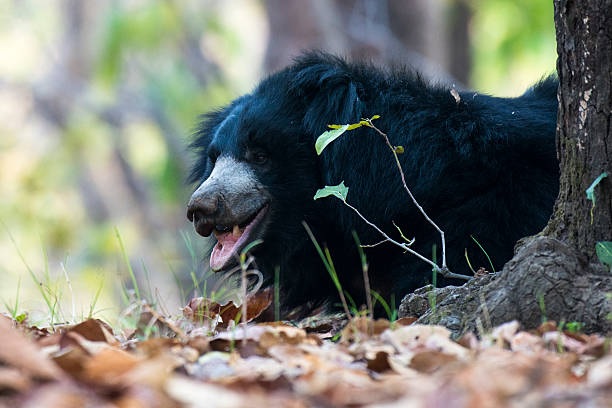
Home of the black panther. The most famous national park in the state of Katarnaka, South India, consists of a dense jungle with rare tropical woods and a large number of wild animals. The heart of the park is the large Kabini reservoir, which extends over an area of 2,140 km² and represents a man-made border between Nagarhole and the adjacent Bandipur National Park. On boat safaris in the reservoir and along the Kabini River, you will often see large herds of elephants for which the national park is known. If you are after leopards, Nagarhole also has the best chance in all of India of seeing one of the spotted cats lounging in a tree during a game drive. Another highlight of Nagarhole are the large packs of wild dogs that roam the Nagarhole and Bandipur area. Tiger sightings are very rare in Nagarhole despite the relatively large tiger population.


Tadoba has become an El Dorado for tiger fans from all over the world. Only 5-6 years ago, this small reserve in the west of the country was a well-kept secret among safari connoisseurs in India. Even today, Tadoba has the lack of tourist infrastructure to thank for not experiencing an explosive tourist boom like other more well-known tiger reserves. However, no one can claim that Tadoba is a quiet idyll in complete isolation. Today, every serious tiger fan knows that Tadoba is the destination when it comes to maximizing the chances of a successful tiger sighting. Tigers gather on Tadoba’s tracks like dust on tires. There are plenty of both in Tadoba. Very effective surveillance measures with hidden cameras to protect against poaching have led to the tiger population in Tadoba increasing dramatically within just a few years. The 624 km² reserve had 60 tigers in 2014, and there are now 80 – and the number is rising.
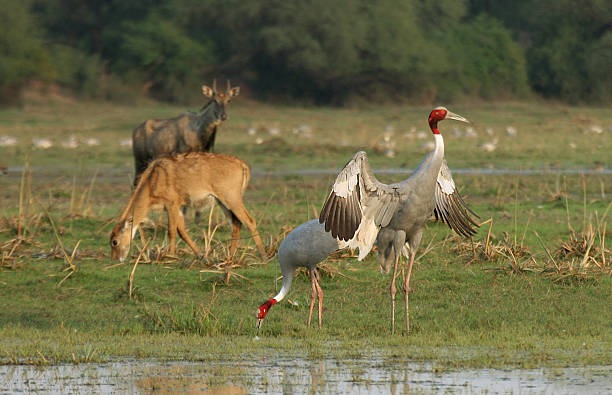
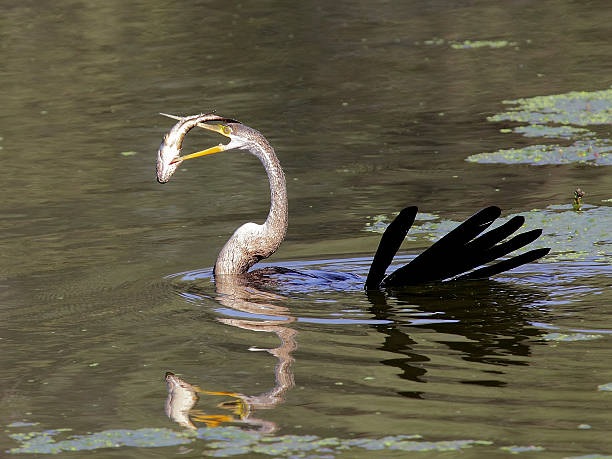
Tracking the snow leopards in the Indian Himalayas. Spanning three states in the Indian Himalayas, the Hemis National Park is not only one of the largest national parks in India, but undoubtedly also one of the most spectacular. Snow-capped peaks, narrow gorges, barren desert-like plains and fascinating monasteries mark the breathtaking landscape. The few visitors who travel to Hemis between January and March endure great hardships with strenuous trekking tours at an altitude of 3,000 meters and in winter temperatures of up to -30 °C. They all have one goal: to see one of the 300 snow leopards left on Indian soil. Snow leopards normally spend their lives in areas inaccessible to humans at an altitude of 5,000 meters. Only during the extremely cold winter does the snow leopard venture to lower altitudes to follow its prey into the valleys where there is still enough grass to eat. This is the right time to track down the most beautiful of all big cats. Other animal species in the hemis surrounded by snow-covered mountain giants include giant, blue and steppe sheep, Tibetan wolves, bearded vultures, snow vultures and king fowl. With or without snow leopards: a winter trek into the remote realm of Ladakh, hidden behind impenetrable mountain massifs, is an unforgettable experience. You spend the night in a tent camp or in the very simple traditional dwellings of the Ladakhi.


Keoladeo is considered the most outstanding bird sanctuary in India. The park is located just a few kilometers south of the Rajasthan city of Bharatpur and is famous for the hundreds of thousands of migratory and native birds that gather here in the winter months. A leisurely stroll along the quiet, shady paths of the national park offers a welcome change from the hectic visit to the capital. You also have an excellent chance of seeing some of the park’s most famous residents in their natural habitat. This 29 km² swamp area was created in the late 19th century when the local Maharaja had the area flooded to create a large hunting ground. Today, the many lakes and small ponds scattered throughout the national park provide an ideal resting place for migratory birds from all over Asia that come here to overwinter. Keoladeo is one of the most important breeding areas in the world. Migratory birds from Siberia and China are well known, such as the majestic Sarus Crane, which is as tall as an adult human when standing upright, and the beautiful and rare Snow Crane in winter. Countless geese, storks, flamingos, snake birds, ibises and grey pelicans and over 30 species of birds of prey, including vultures, peregrine falcons and ospreys, complete the picture of this unique nature reserve. It is best to plan a visit between December and February, when the migratory birds are there. Some old palaces in Bharatpur have been converted into stylish Mughal-style hotels and make dreams from a thousand and one nights come true.

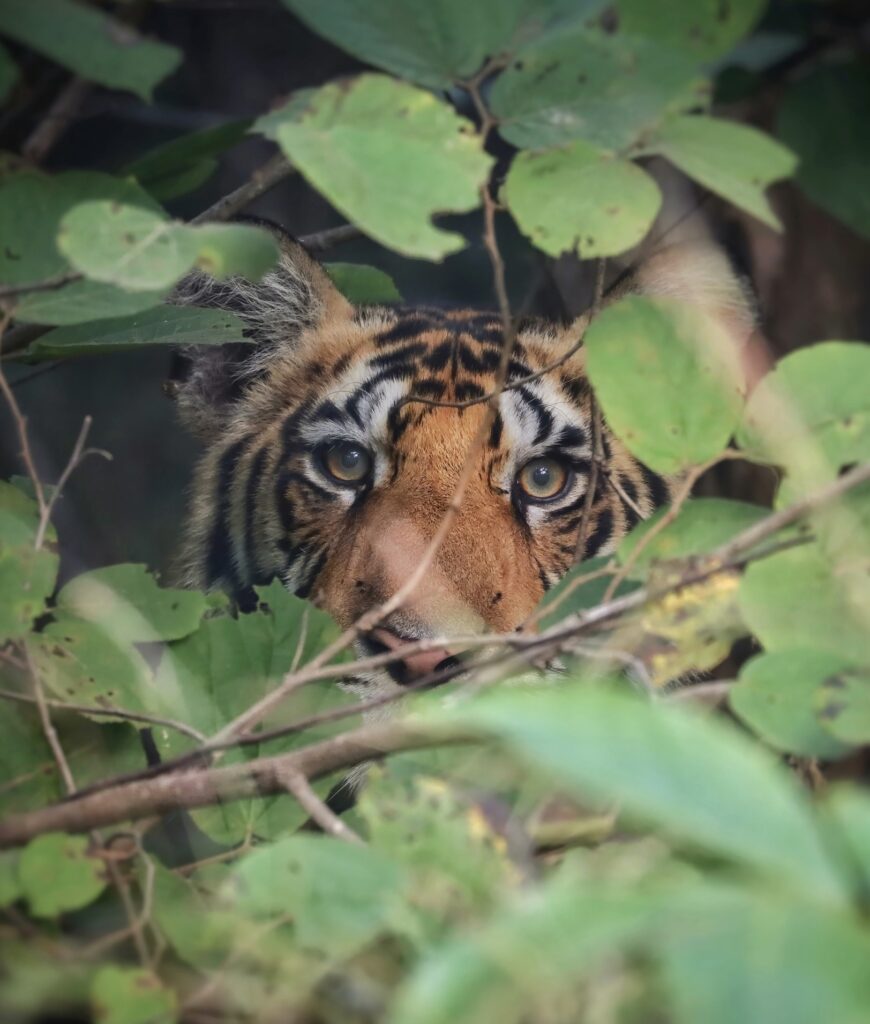
On the trail of the last rhinos on the border with Bhutan. One-horned Indian rhinos, water buffalo, tigers, leopards, wild elephants, red deer and a large bird population: all of this awaits you in Kaziranga National Park in eastern India. The national park is famous for its 1,500 Indian rhinos, the largest concentration in the world. The park’s enormous open spaces are covered with elephant grass and are able to provide sufficient food for the many pachyderms. While you can be fairly certain of seeing a rhino on the prowl, you need a much greater portion of luck to see the 80 tigers that live here, as they are not easy to find in the enormous park area. In addition to the conventional game drives, you can also go on safaris on elephant back. The huge park is divided into four areas: Burapahar, western sector (Bagori), central sector (Kohora) and eastern sector.


The second best park in India for successful animal sightings. Ever since it became common knowledge that the 448 km² Bandhavgarh National Park is home to more tigers than any other tiger reserve in India, visitors have been lining up to fulfill their dream of seeing a tiger in the wild. Its huge popularity has given Bandhavgarh the distinct advantage that its tigers have become accustomed to the presence of jeeps over time. The fearless eyes of a tiger staring straight into the camera will not only make an amateur photographer’s heart beat faster. The national park is also very scenic and is home to a large number of other equally exciting animal species that are worth visiting even without tigers. The park is divided into three zones, with the best chances of a tiger sighting being in Tala and Magadhi.


An exceptional destination for the experienced traveler. The sonorous name Rann of Kutch not only promises fantastic adventures for the brave traveler, but this remote area with a Wild West feel in the faraway Gujarat is also the cradle of one of India’s most unique cultures, a paradise for migratory birds and also a last refuge for the Indian half-asses, for which a special protection area called the “Wild Ass Sanctuary” was created. Here you can see wild asses, but also nilgai antelopes, Indian gazelles, blackbucks, wolves, striped hyenas, Indian steppe cats, caracals and an enormous variety of birds. The Little Rann of Kutch may not be as attractive to first-time travelers as other more well-known Indian reserves, but experienced travelers will appreciate this lonely, remote place away from the crowds.


Hardly any other reserve in India embodies the Jungle Book feeling more than Kanha. The largest national park in central India impresses with its diverse landscape. Lush sal tree and bamboo forests alternate with wide green meadows that support more than 22 species of mammals. There are horse and axis deer, four-horned and nilgai antelopes as well as Indian gazelles, sloth bears, jackals, hyenas and langurs, as well as more than 240 species of birds such as ibises, ducks, cormorants, darters, herons, stilts, storks, vultures, sea eagles and shrikes. And not forgetting all the more slippery animals: the reptiles, including the Ganges gharial. Here, within an amazing landscape and some unique archaeological sights, you will encounter a true natural spectacle of the animal world. And of course there is also Shir Khan, the king of beasts. There are still around 70 tigers living in the protected area of almost 20,000 square kilometers. Considering the enormous size of these parks and the fact that only 300 square kilometers are accessible to tourism, it takes a lot of luck to even see a tiger. The park is divided into four zones, of which Kanha and Mukki are the most recommended in terms of the possibility of tiger sightings. The grandiosity of the landscape, the above-average quality of the lodges and its abundance of animals are what put Kanha at the top of our list.


At the foot of the Himalayas lies the breathtaking Jim Corbett National Park, famous for its tigers. India’s oldest national park was founded in 1935 at the suggestion of Jim Corbett, who converted from a big game hunter to an animal rights activist, and is therefore the oldest national park in India and one of the most species-rich. The 1,300 km² extremely picturesque reserve is home to over 200 tigers, 300 elephants, sloth bears, langurs, rhesus monkeys, peacocks, deer and much more. The long mouths of the Ganges gharials rest peacefully on the crystal clear waters of the Ramganga River and up to 600 species of birds look out at visitors from the evergreen treetops. Of course, many come in the hope of catching a glimpse of the striped cat. But in reality, tigers turn out to be a difficult creature to find and are not often seen in Corbett. However, Corbett offers much more than just tigers: Unique for India is the possibility of staying overnight within the park boundaries. A total of eight former hunters’ huts are scattered throughout the park and can be used by visitors with advance booking. Staying overnight in the middle of the forest is a fantastic opportunity that every serious animal lover should take advantage of. Dikhala is the most popular of the so-called rest houses in Corbett, but the little-known Bijrani and Kinnanauli rest houses are the most recommended in terms of animal encounters. In the Sonanadi Wildlife Sanctuary to the north, the Halduparao rest house offers an intimate nature experience off the beaten track.


Satpura is undoubtedly the best-kept pearl in tiger-rich central India. Hardly anyone has heard of this small national park south of Bhopal. Although there are no tigers to be found in Satpura, this protected area boasts one of the densest populations of sloth bears in India, a breathtaking forest with deep gorges and waterfalls, and a wonderful non-commercial character that captivated us. Walking safaris are an absolute must-do in Satpura, as walking safaris are not possible anywhere else in India. Together with some of India’s best nature guides, you will hike along impassable paths in the hope of seeing Satpura’s most famous forest dweller, the sloth bear. Game drives and boat trips are of course also possible. The extraordinary range of activities completely off the tourist route make Satpura a unique destination in Madhya Pradresh. Satpura is also home to two of the best nature lodges in all of India. With so many advantages, we can only be completely delighted. It’s true: We have fallen irrevocably in love with Satpura. And you will too.


Home of the black panther. The most famous national park in the state of Katarnaka, South India, consists of a dense jungle with rare tropical woods and a large number of wild animals. The heart of the park is the large Kabini reservoir, which extends over an area of 2,140 km² and represents a man-made border between Nagarhole and the adjacent Bandipur National Park. On boat safaris in the reservoir and along the Kabini River, you will often see large herds of elephants for which the national park is known. If you are after leopards, Nagarhole also has the best chance in all of India of seeing one of the spotted cats lounging in a tree during a game drive. Another highlight of Nagarhole are the large packs of wild dogs that roam the Nagarhole and Bandipur area. Tiger sightings are very rare in Nagarhole despite the relatively large tiger population.


Tadoba has become an El Dorado for tiger fans from all over the world. Only 5-6 years ago, this small reserve in the west of the country was a well-kept secret among safari connoisseurs in India. Even today, Tadoba has the lack of tourist infrastructure to thank for not experiencing an explosive tourist boom like other more well-known tiger reserves. However, no one can claim that Tadoba is a quiet idyll in complete isolation. Today, every serious tiger fan knows that Tadoba is the destination when it comes to maximizing the chances of a successful tiger sighting. Tigers gather on Tadoba’s tracks like dust on tires. There are plenty of both in Tadoba. Very effective surveillance measures with hidden cameras to protect against poaching have led to the tiger population in Tadoba increasing dramatically within just a few years. The 624 km² reserve had 60 tigers in 2014, and there are now 80 – and the number is rising.


Tracking the snow leopards in the Indian Himalayas. Spanning three states in the Indian Himalayas, the Hemis National Park is not only one of the largest national parks in India, but undoubtedly also one of the most spectacular. Snow-capped peaks, narrow gorges, barren desert-like plains and fascinating monasteries mark the breathtaking landscape. The few visitors who travel to Hemis between January and March endure great hardships with strenuous trekking tours at an altitude of 3,000 meters and in winter temperatures of up to -30 °C. They all have one goal: to see one of the 300 snow leopards left on Indian soil. Snow leopards normally spend their lives in areas inaccessible to humans at an altitude of 5,000 meters. Only during the extremely cold winter does the snow leopard venture to lower altitudes to follow its prey into the valleys where there is still enough grass to eat. This is the right time to track down the most beautiful of all big cats. Other animal species in the hemis surrounded by snow-covered mountain giants include giant, blue and steppe sheep, Tibetan wolves, bearded vultures, snow vultures and king fowl. With or without snow leopards: a winter trek into the remote realm of Ladakh, hidden behind impenetrable mountain massifs, is an unforgettable experience. You spend the night in a tent camp or in the very simple traditional dwellings of the Ladakhi.


Keoladeo is considered the most outstanding bird sanctuary in India. The park is located just a few kilometers south of the Rajasthan city of Bharatpur and is famous for the hundreds of thousands of migratory and native birds that gather here in the winter months. A leisurely stroll along the quiet, shady paths of the national park offers a welcome change from the hectic visit to the capital. You also have an excellent chance of seeing some of the park’s most famous residents in their natural habitat. This 29 km² swamp area was created in the late 19th century when the local Maharaja had the area flooded to create a large hunting ground. Today, the many lakes and small ponds scattered throughout the national park provide an ideal resting place for migratory birds from all over Asia that come here to overwinter. Keoladeo is one of the most important breeding areas in the world. Migratory birds from Siberia and China are well known, such as the majestic Sarus Crane, which is as tall as an adult human when standing upright, and the beautiful and rare Snow Crane in winter. Countless geese, storks, flamingos, snake birds, ibises and grey pelicans and over 30 species of birds of prey, including vultures, peregrine falcons and ospreys, complete the picture of this unique nature reserve. It is best to plan a visit between December and February, when the migratory birds are there. Some old palaces in Bharatpur have been converted into stylish Mughal-style hotels and make dreams from a thousand and one nights come true.


On the trail of the last rhinos on the border with Bhutan. One-horned Indian rhinos, water buffalo, tigers, leopards, wild elephants, red deer and a large bird population: all of this awaits you in Kaziranga National Park in eastern India. The national park is famous for its 1,500 Indian rhinos, the largest concentration in the world. The park’s enormous open spaces are covered with elephant grass and are able to provide sufficient food for the many pachyderms. While you can be fairly certain of seeing a rhino on the prowl, you need a much greater portion of luck to see the 80 tigers that live here, as they are not easy to find in the enormous park area. In addition to the conventional game drives, you can also go on safaris on elephant back. The huge park is divided into four areas: Burapahar, western sector (Bagori), central sector (Kohora) and eastern sector.


The second best park in India for successful animal sightings. Ever since it became common knowledge that the 448 km² Bandhavgarh National Park is home to more tigers than any other tiger reserve in India, visitors have been lining up to fulfill their dream of seeing a tiger in the wild. Its huge popularity has given Bandhavgarh the distinct advantage that its tigers have become accustomed to the presence of jeeps over time. The fearless eyes of a tiger staring straight into the camera will not only make an amateur photographer’s heart beat faster. The national park is also very scenic and is home to a large number of other equally exciting animal species that are worth visiting even without tigers. The park is divided into three zones, with the best chances of a tiger sighting being in Tala and Magadhi.


An exceptional destination for the experienced traveler. The sonorous name Rann of Kutch not only promises fantastic adventures for the brave traveler, but this remote area with a Wild West feel in the faraway Gujarat is also the cradle of one of India’s most unique cultures, a paradise for migratory birds and also a last refuge for the Indian half-asses, for which a special protection area called the “Wild Ass Sanctuary” was created. Here you can see wild asses, but also nilgai antelopes, Indian gazelles, blackbucks, wolves, striped hyenas, Indian steppe cats, caracals and an enormous variety of birds. The Little Rann of Kutch may not be as attractive to first-time travelers as other more well-known Indian reserves, but experienced travelers will appreciate this lonely, remote place away from the crowds.
Copyright © 2025 Delighted Journey | All Rights Reserved.